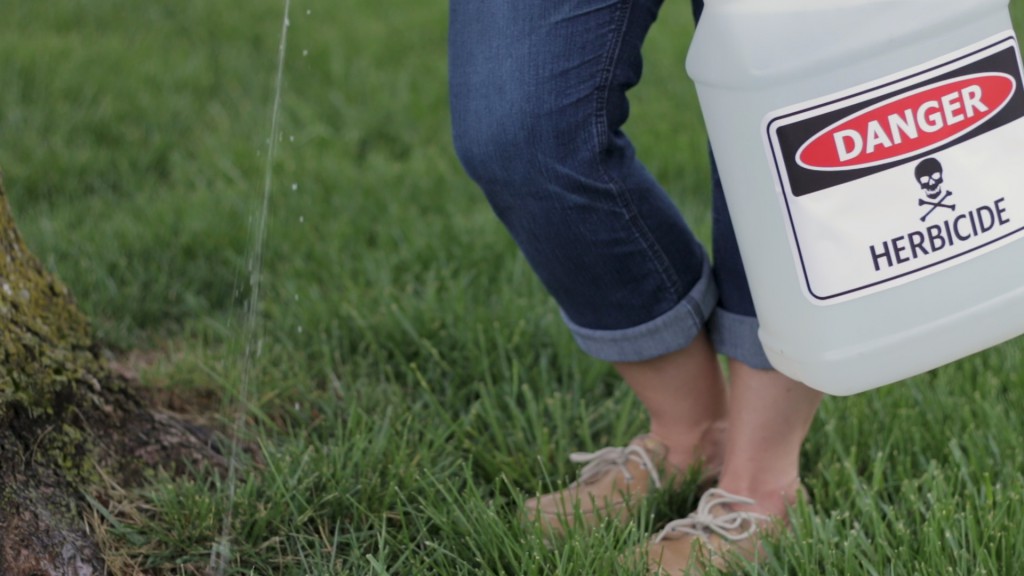Illicit Discharge Detection and Elimination

What Is “Illicit Discharge”?
Federal regulations define an illicit discharge as “...any discharge to an MS4 that is not composed entirely of stormwater...” with some exceptions. These exceptions include discharges from NPDES-permitted industrial sources and discharges from fire-fighting activities. Illicit discharges are considered “illicit” because MS4s are not designed to accept, process, or discharge such non-stormwater wastes.
Sources of Illicit Discharges:
- Sanitary wastewater
- Effluent from septic tanks
- Car wash wastewaters
- Improper oil disposal
- Radiator flushing disposal
- Laundry wastewaters
- Spills from roadway accidents
- Improper disposal of auto and
- Household toxins
Why Are Illicit Discharge Detection and Elimination Efforts Necessary?
Discharges from MS4s often include wastes and wastewater from non-stormwater sources. A study conducted in 1987 in Sacramento, California, found that almost one-half of the water discharged from a local MS4 was not directly attributable to precipitation runoff. A significant portion of these dry weather flows was from illicit and/or inappropriate discharges and connections to the MS4.
Illicit discharges enter the system through either direct connections (e.g., wastewater piping either mistakenly or deliberately connected to the storm drains) or indirect connections (e.g., infiltration into the MS4 from cracked sanitary systems, spills collected by drain outlets, or paint or used oil dumped directly into a drain). The result is untreated discharges that contribute high levels of pollutants, including heavy metals, toxins, oil and grease, solvents, nutrients, viruses, and bacteria to receiving water bodies. Pollutant levels from these illicit discharges have been shown in EPA studies to be high enough to significantly degrade receiving water quality and threaten aquatic, wildlife, and human health.
Not all non-stormwater discharges are considered illicit discharges, Examples of exempt discharges include:
- Water line flushing
- Landscape irrigation
- Diverted stream flows
- Rising ground waters
- Uncontaminated ground water infiltration
- Uncontaminated pumped ground water
- Discharges from potable water sources
- Foundation drains
- Air conditioning condensation
- Irrigation water
- Springs
- Water from crawl space pumps
- Footing drains
- Lawn watering
- Individual residential car washing
- Flows from riparian habitats and wetlands
- De-chlorinated swimming pool discharges
- Street wash water
What Bowling Green is Doing
By City Ordinance (21-2.04), illicit discharge is illegal, punishable by fines up to $2000. The City has developed a Standing Operating Procedure to find, stop and eliminate all illicit discharges encountered. A Stormwater hotline (270-393-3444) is available to any citizen who observes and wishes to report an illicit discharge.
Resources
Does Illicit Discharge Affect You?
Let us know if anything is wrong with this page. However, please don't include any personal or financial information.
